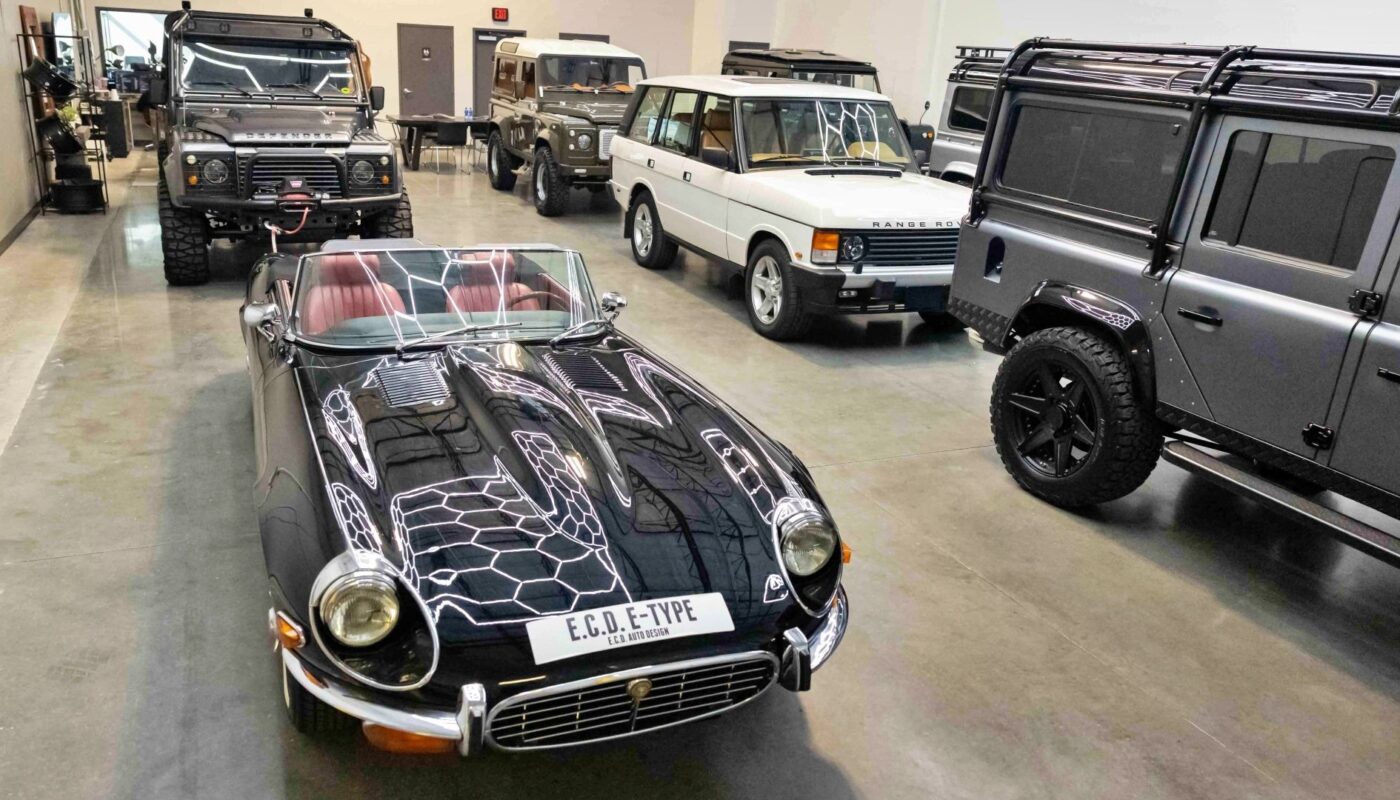Enzo Ferrari is rumored to have called the E-Type “the most beautiful car ever made.” The Jaguar E-Type is, without a doubt, one of the most fashionable collector cars of all time. It is known the world over. For decades, this car has been lauded by the media and car enthusiasts alike. The E-Type has even been immortalized in popular culture through films like Austin Powers, and television shows like Mad Men, and here’s all you need to know about this beautiful legendary car.
10 The E-Type Was A Novel Design Concept

The E-Type featured many groundbreaking design features. It featured no ladder frame chassis, as was common in the 1960s. Instead, the front subframe carried the engine and the front suspension, and the front bodywork was directly bolted to the body tub. This meant the E-Type weighed only 2,900 pounds. It also features disc brakes and independent front and rear suspension, which massively improved its handling. The E-Type was the first car to feature independent rear suspension which revolutionized the industry. These design features allowed for the E-Type’s fantastic performance.
9 There Are Electric E-Types As Well!
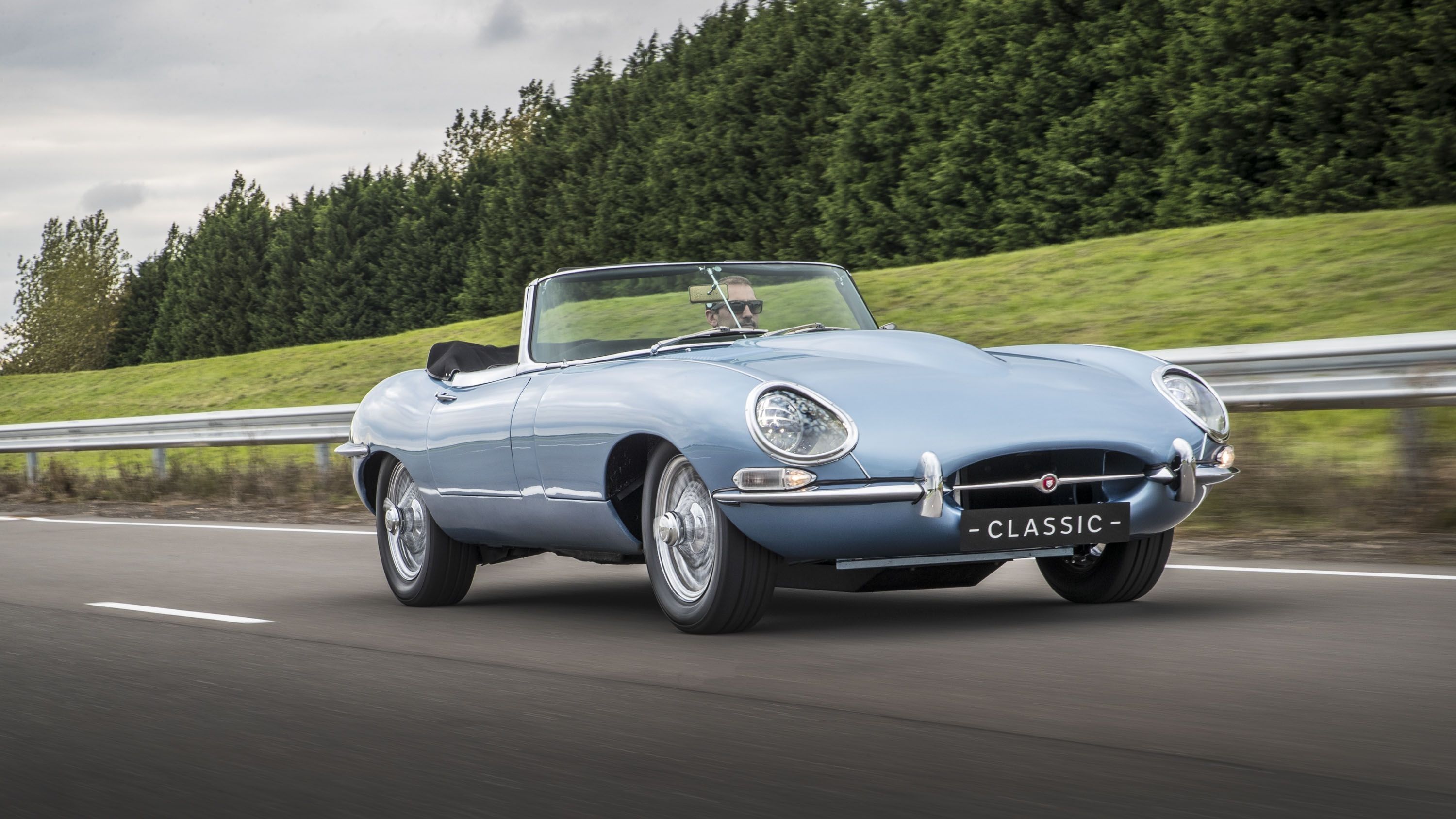
There have been several E-Types converted into electric vehicles, known as the Jaguar E-Type Zero. This is a great way to future-proof these classic cars. The batteries fitted into these E-Types are the same size as the straight six engines it had, making the transition easy. The electric motor takes its place right behind it, where the gearbox used to be. This new setup makes the car 101 pounds lighter than the original. This electric E-Type can do 0-62 mph in 5.5 seconds, an entire second faster than the original! Just got to get used to the lack of engine notes. One of these electric E-types got its claim to fame by being the car in which Prince Harry and Meghan Markle drove off in after the Royal wedding.
8 The E-Type’s Design Is Inspired By Racing And Aeronautics
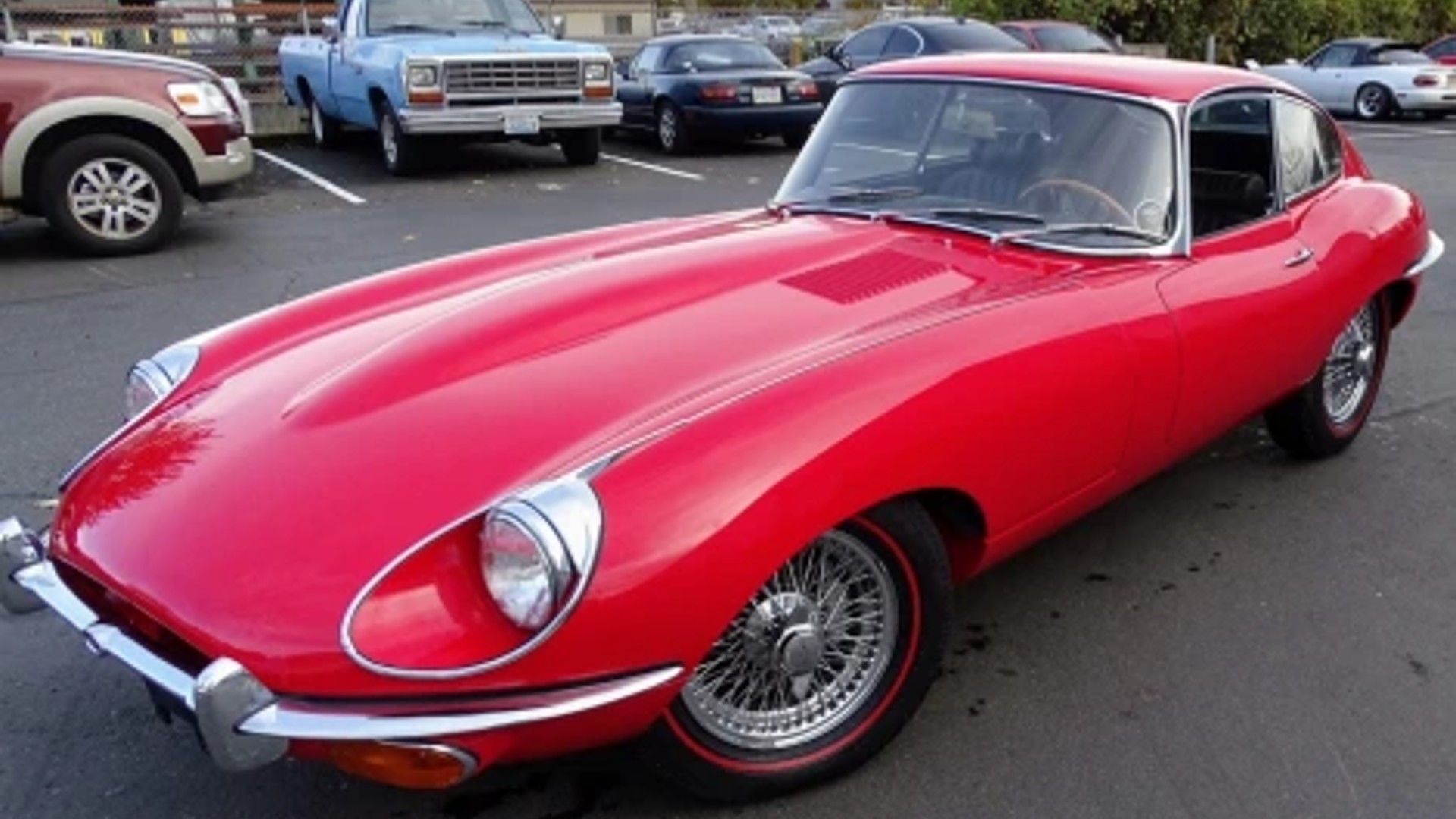
The E-Type is the successor of the D-Type, Jaguar’s Le Mans winner from 1955 to 1957. A lot of the design and performance features seen in the E-Type are taken from its race-winning predecessor, but the E-Type is not a copy, rather it is quite unique. Part of why the E-type has such a distinctive design is due to the hand of Malcolm Sayer, who before joining Jaguar, worked in the aircraft industry during and after the Second World War. The influence of aeronautical design can be seen in the sleek curves of the E-Type’s front section. The combination of carryover from the ever-successful D-Type and new adjustments made the E-Type into one of the most aesthetic cars ever built. So much so, that the E-Type is only one of six cars to ever be displayed at the Museum of Modern Art in New York.
7 The E-Type Was A High-Performance Vehicle
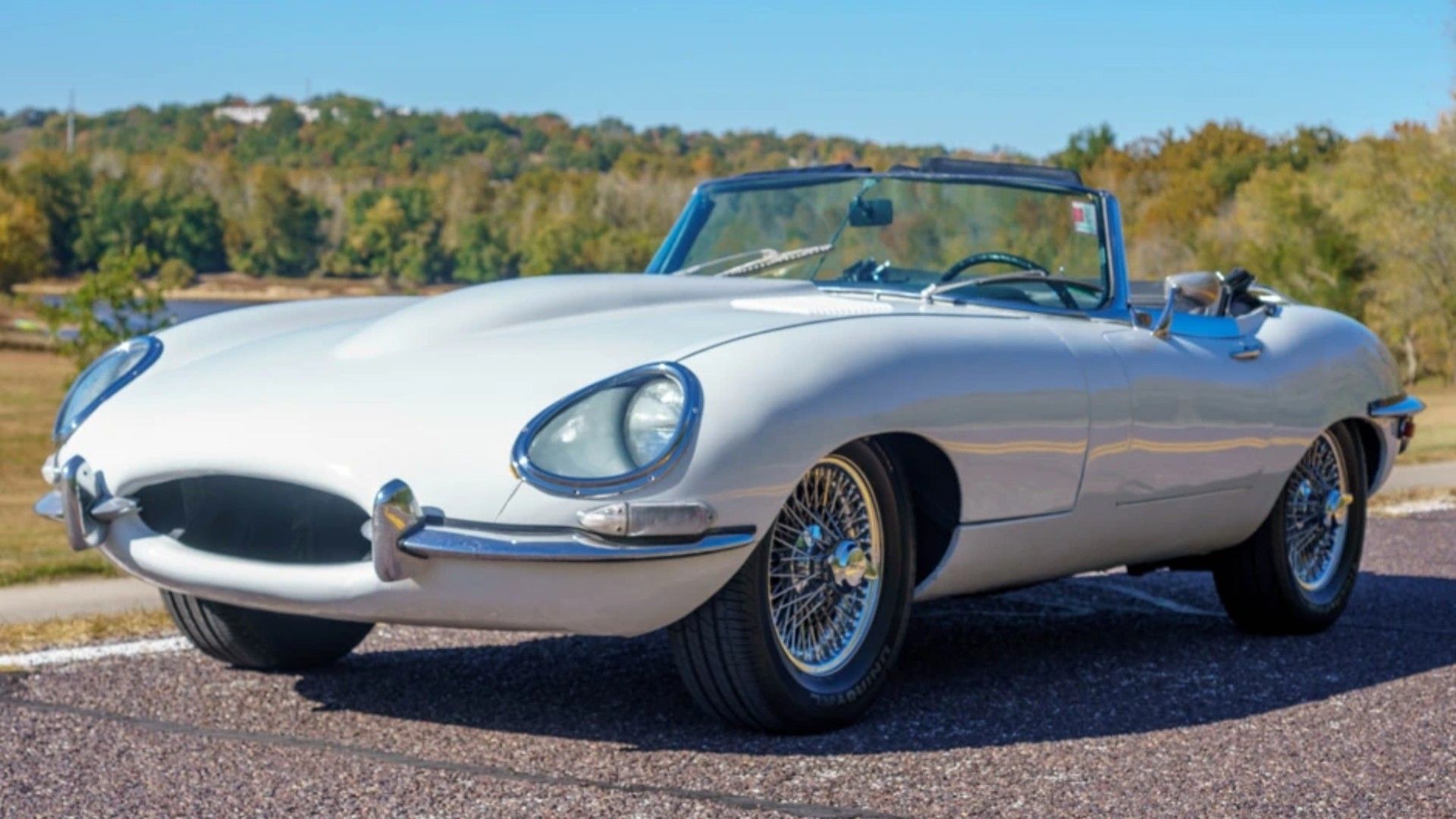
The Jaguar E-Type was not only just a beautiful-looking machine, its performance was also mighty. The original Series 1 model featured a 3.8-liter, six-cylinder engine with 265 horsepower at 5,500 rpm and 260 pounds-feet of torque at 4,000 rpm. This powerful engine, combined with the sleek aerodynamics, and lightweight chassis allowed the Series 1 E-Type to go from 0-60mph in sub-seven seconds. This performance may not seem like much nowadays but for its time the E-Type offered a powerful ride.Related: E-Type UK Gave This 1964 Jaguar E-Type A New Lease On Life
6 The E-Type Was Offered With Limited Edition Models
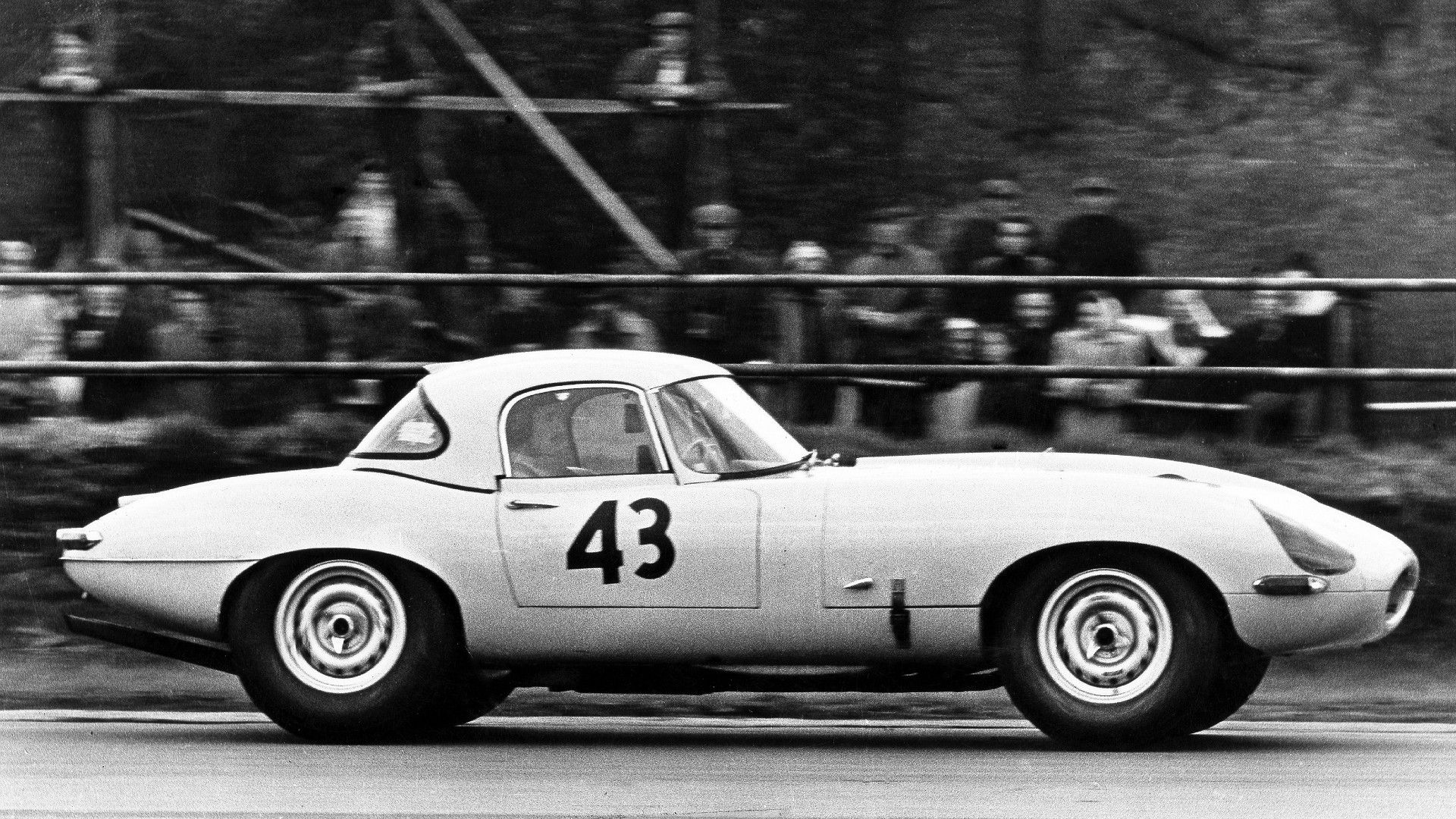
Of the Series 1, Jaguar manufactured a limited edition variant of the E-Type, specifically designed for on-track racing. This car was baptized the E-Type “Lightweight” and it was supposed to follow up the D-Type successes on track. Jaguar originally planned for eighteen units to be produced, but only twelve of these were actually built. Out of the dozen Lightweights built, one was adjusted into a low drag spec and two others are known to have crashed out beyond repair. Due to their rarity, these Lightweight models are very sought after by collectors. The low drag version was a one-time technical exercise and was sold to a Jaguar racing driver. But, it is believed to now be part of the private collection of Viscount Cowdray.
5 The E-Type Nearly Missed Arriving At Its Own Debut!
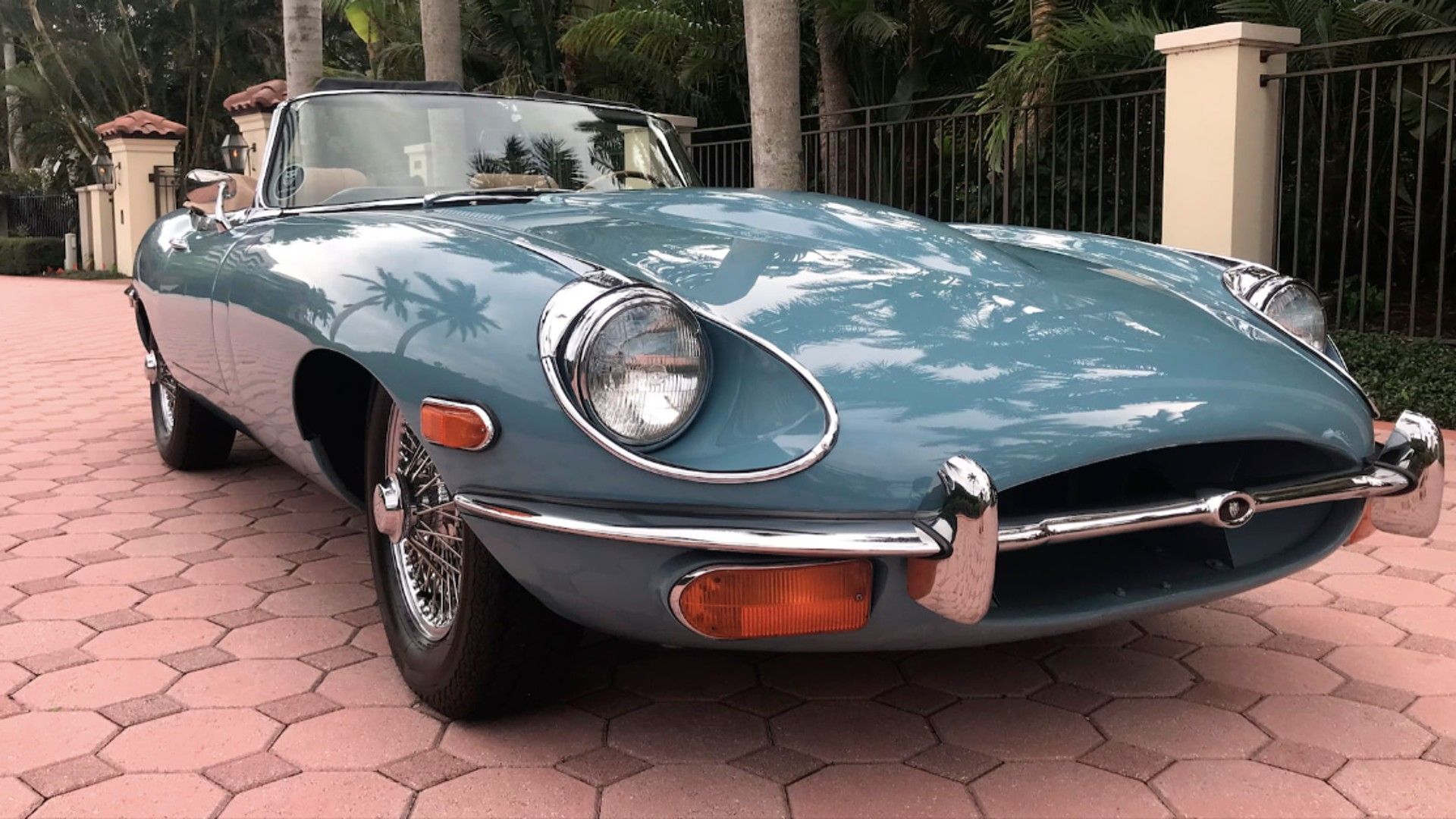
The Jaguar E-Type launched at the Geneva Motor Show in 1961, racking up many orders with its sleek design and innovative features, but the car almost did not make it. Jaguar wanted everything to be perfect and underestimated the time this would take. In the end, the car had to be driven from Coventry in the UK to Geneva in Switzerland, and fast. That is around 700 miles. The car made it with 20 minutes to spare, and it was an immediate hit, just as Jaguar predicted.
4 The E-Type Has Been Revived By Jaguar
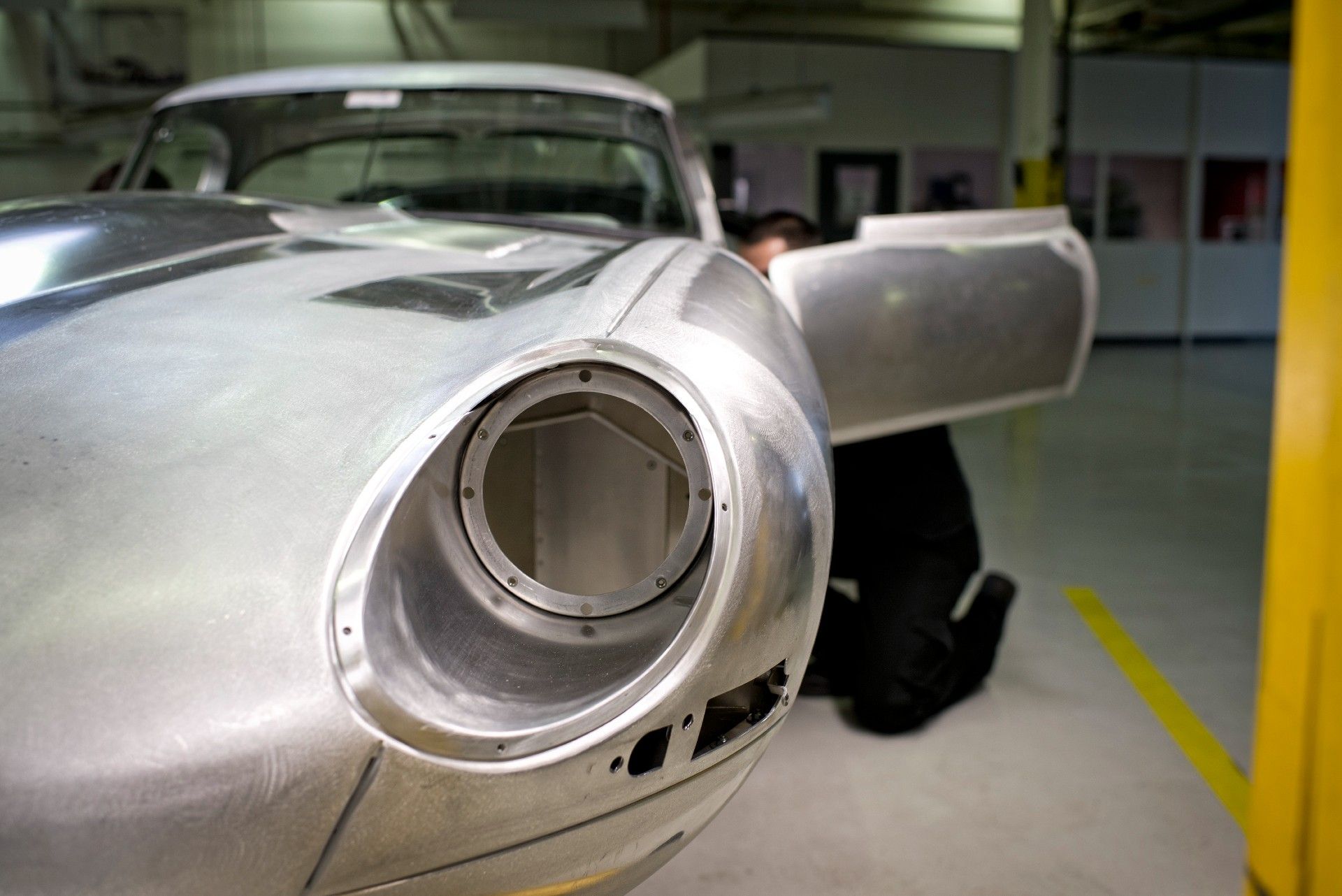
The E-type is so legendary that Jaguar has revived it twice. In 2014, Jaguar decided to build the remaining six Lightweight models that did not make it out of the production line, with an additional eighteen more. These were priced at around $1.2 million and were built using the original construction methods from the 1960s. This means that the car will be manufactured by hand and will be as close to the original E-Type as possible.
3 The E-Type Isn’t The Rarest Collectible Car Out There
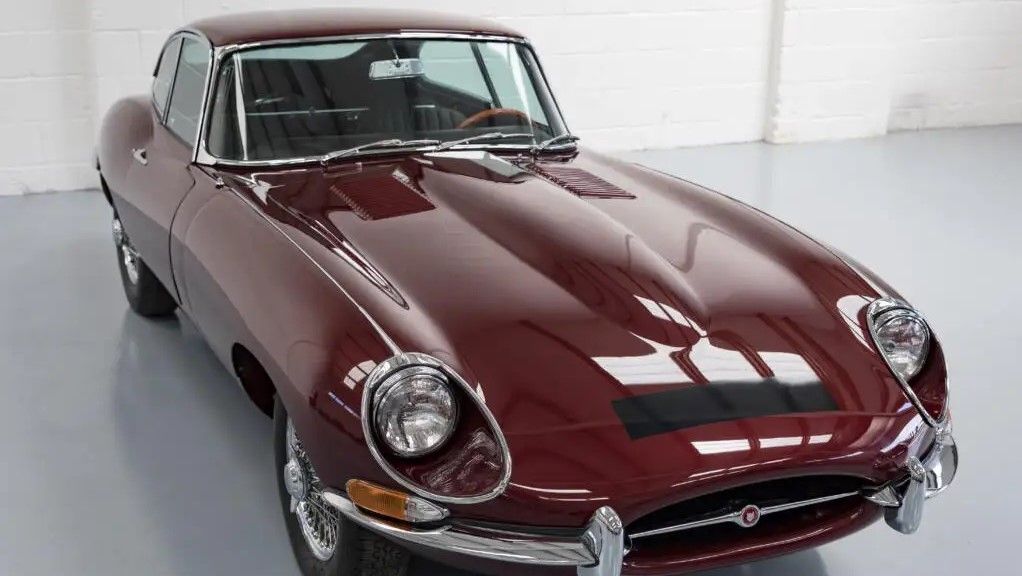
Although E-Types are highly coveted cars, they are not the rarest vehicle out there, this is partly due to the fifteen-year production run it had. There were 33,205 Series 1 cars produced from 1961 to 1968. The Series 2 ran from 1968 to 1970 and 18,808 cars were produced. The high production numbers speak to the popularity of this car during its heyday. Nowadays, E-Types are some of the most frequently offered collector cars to auction houses. Many, if not most, car auctions these days have an E-Type roadster on offer. And, it is not uncommon at all for auction houses to have multiple E-Types on offer. There is no shortage of these iconic vehicles on the market, but with the passing of years, they will become rarer.
2 The E-Type Was Priced Very Competitively When Launched

One of the most special things about the E-Type was its extremely competitive pricing. At its launch in March 1961, the Jaguar E-Type commanded a price tag of around $2,527 for the roadster version and $2,647 for the coupe version. Prices could go up to around $5,600 as well. Regardless, the E-Type went for around half the price of its more exotic competitors. This made it more accessible, even though it was a groundbreaking and beautiful piece of machinery.
1 How Much Is The Jaguar E-Type Worth Today?
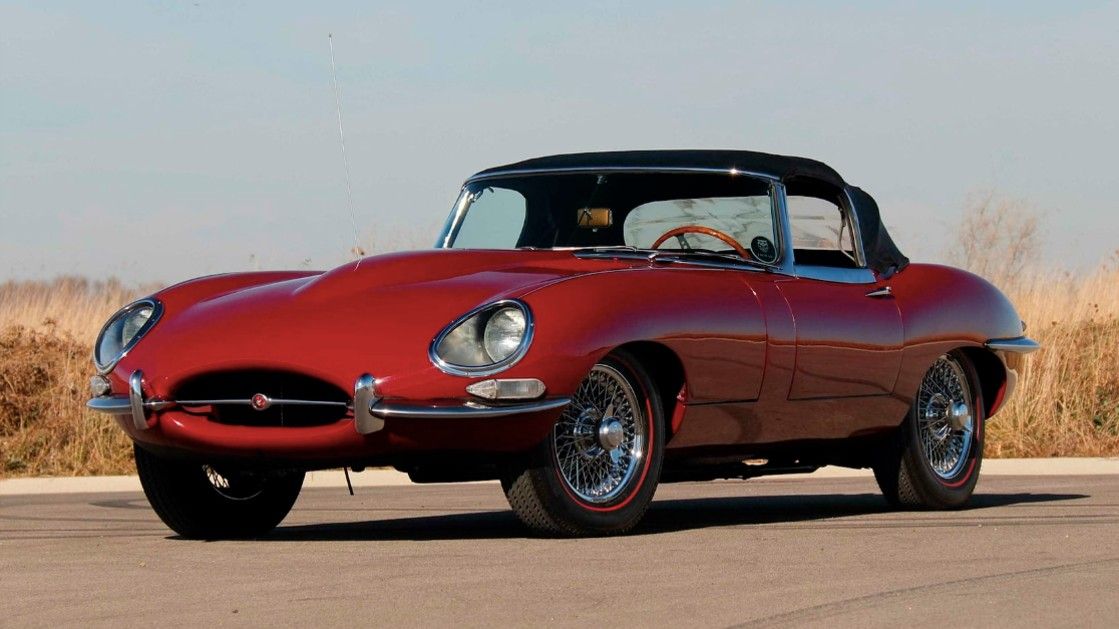
Today, the prices for a Series 1 E-Type can vary wildly depending on its condition. A rusted “fixer-upper” car will run you back around $48,000, while a pristine FHC model commands a much higher price tag of upwards of $215,000. The Roadster versions boast an even higher valuation. Roadsters requiring restoration can go for over $120,000, with a high-end excellent condition unit costing over $250,000. The most expensive to be sold was $1.7 million, but the average price for an E-Type these days falls around $140,000. The Series 2 and Series 3 cars tend to be less desirable, making them more accessible in terms of pricing.
FAQ
Q: How much does a Jaguar E-Type cost now?
A Jaguar E-Type could cost around $50,000 while a pristine model could go for over $200,000.
Q: Are Jaguar E-Types rare?
No, the Jaguar E-Types are not rare. Due to high production, there are plenty on the market, but they are becoming rarer with the passage of time.
Q: What does the E in Jaguar E-Type mean?
The E is because the E-Type is the successor of the Le Mans winning Jaguar D-Type.
Q: How much was the Jaguar E-Type when new?
When new, a Jaguar E-type would cost from around $2,000 to $6,000 in the 1960s.
